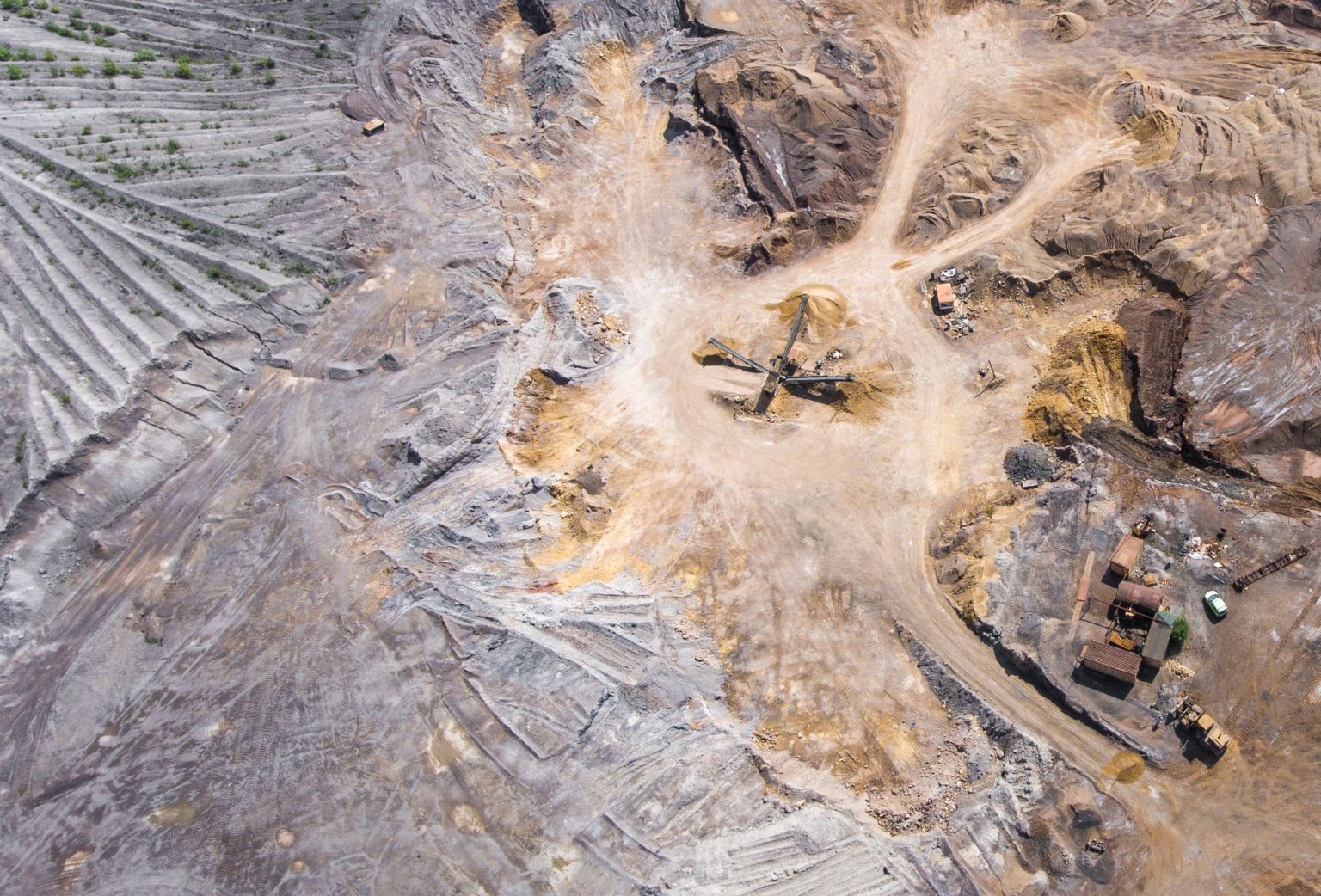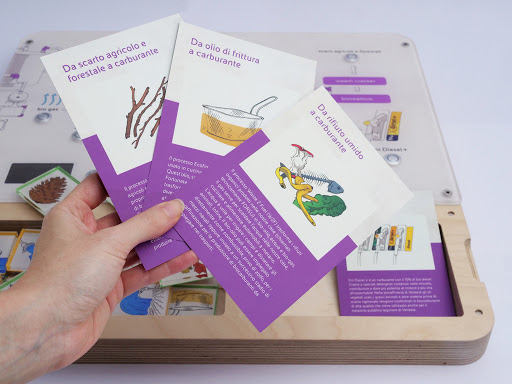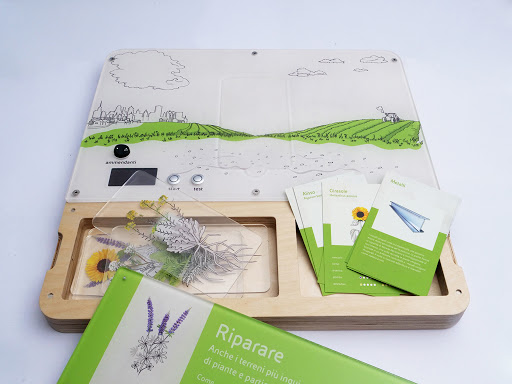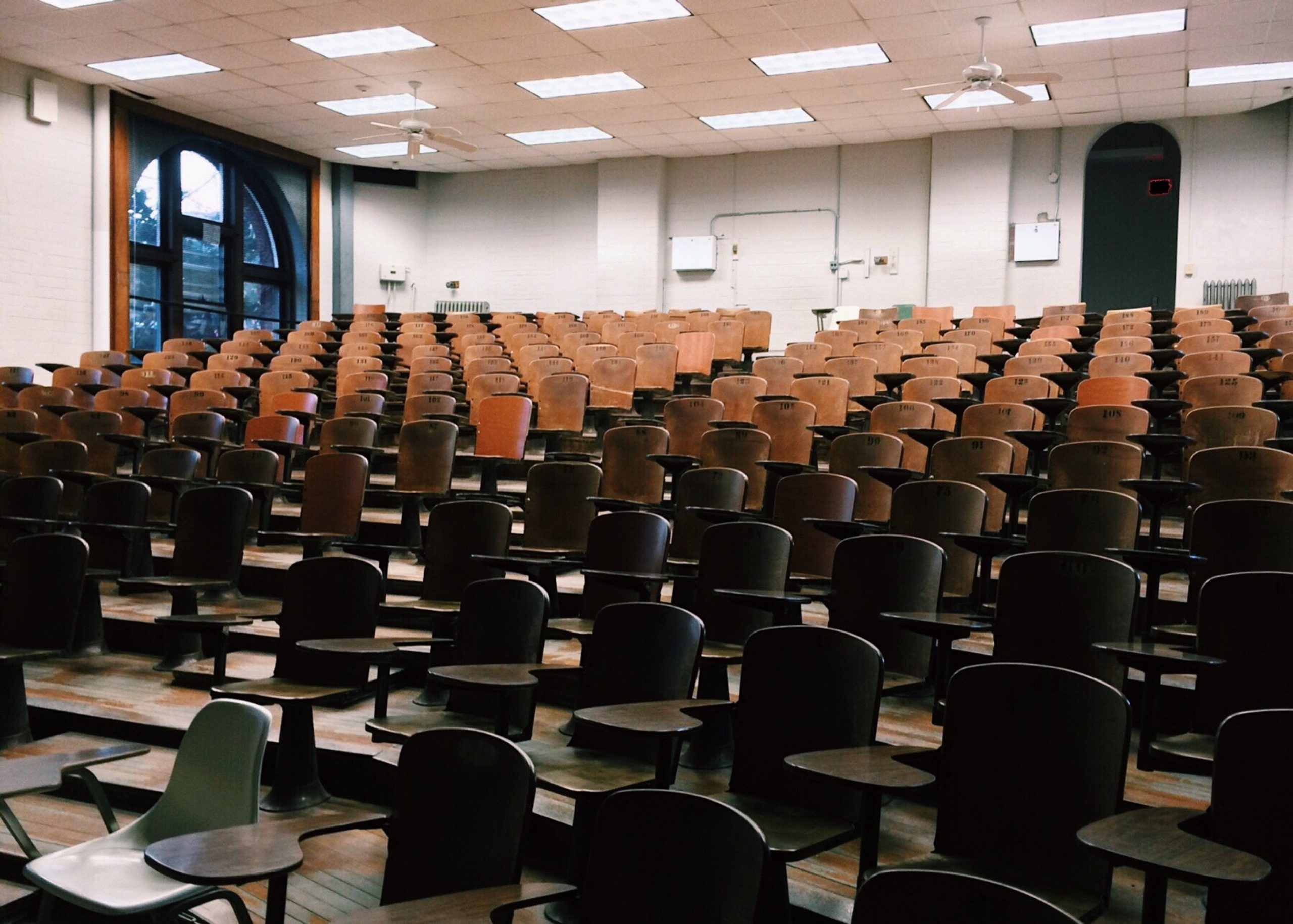The role of education
The transition toward the circular economy is already happening. Thanks to the work of many organizations involved, included the Ellen MacArthur Foundation, this model has become the key factor for a sustainable future.

At least 50% of the greenhouse gas emissions results from the raw material extraction
At least 50% of the greenhouse gas emissions results from the raw material extraction, according to the United Nations report for the environment. This data underlines how the creation of a circular system that regenerates resources can be the turning point in achieving concrete results in terms of environmental sustainability and reduced emissions.
In the last Circle Economy report “Circular Gap”, it has been highlighted that despite the efforts made in restoring an economic system that is harming the environment, the transition is just beginning. Globally, only 8.6% of the economy is circular,a data that has decreased compared to the 9.1% of two years before.

The efforts to be made are still many and they should take into consideration all the aspects involved. On one hand, a legislative process that can guide and encourage business organization in adopting a circular model, making it the most affordable system to implement. On the other hand, the role of education of the single citizen in understanding the circular economy and contribute in its development through virtuous behaviour.
The support in the learning process and knowledge transfer have been indicated as the essential practices that can reduce the distance between institutions and the single person.
The support in the learning process and knowledge transfer have been indicated as the essential practices that can reduce the distance between institutions and the single person. Encouraging a collaborative approach between all the parts involved can help spreading circular practices and easing its implementation.
The commitment of international foundations has a broad scope of actions, but they are also involved in the development of more local tool that can be personalized and adapted, increasing their effectiveness.


The most delicate and important adaptation concerns the creation of learning tools for kids, both for schools and at home. One of these is the Circular Future Kit made by the fab lab Open Dot tin collaboration with Eni. This Kit explains through simple question and immediate answers, the principles and mechanisms of the circular economy by means of practical and instantly understandable examples.
“Why do we plant vegetation if the soil is polluted? Why shouldn’t we waste a banana peel?” These questions and doubts arise from day-to-day actions. Thanks to interaction, the answers to the questions is given by means of a test: an immediate reaction when the answer is correct. An immersive group learning is easing the education in an effective way.
This project has involved 12 schools, including students from different cities, and has led the foundations for the propagation of the principles of the circular economy.
This first experience is definitely a significant communication tool since it has reached a number of schools and started a path towards the spreading of knowledge to other schools and students that were not directly involved in the project. The word-of-mouth is still the most powerful weapon to spread a message.
